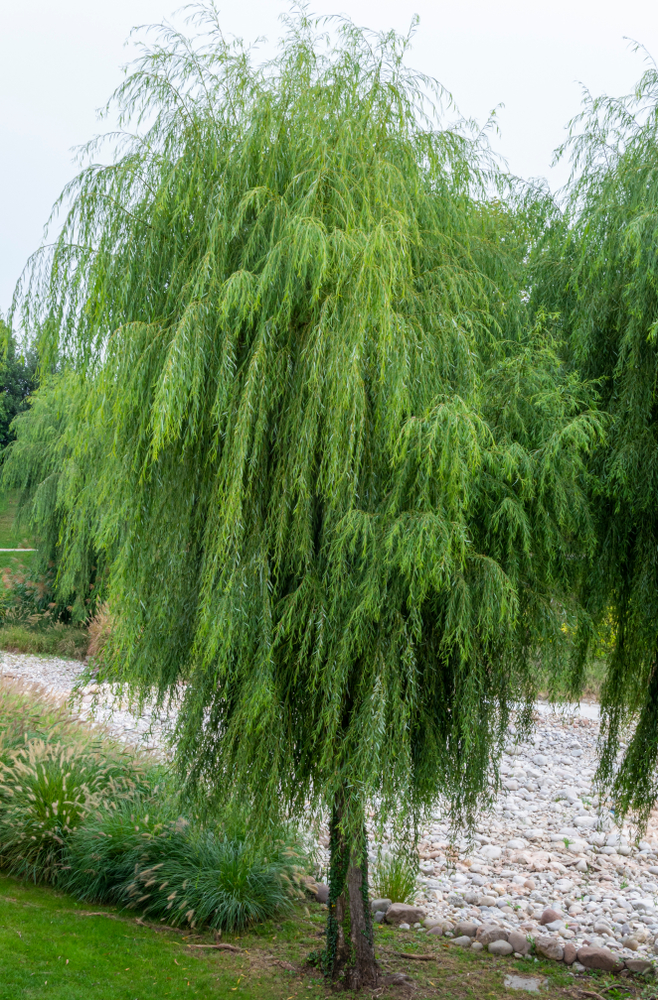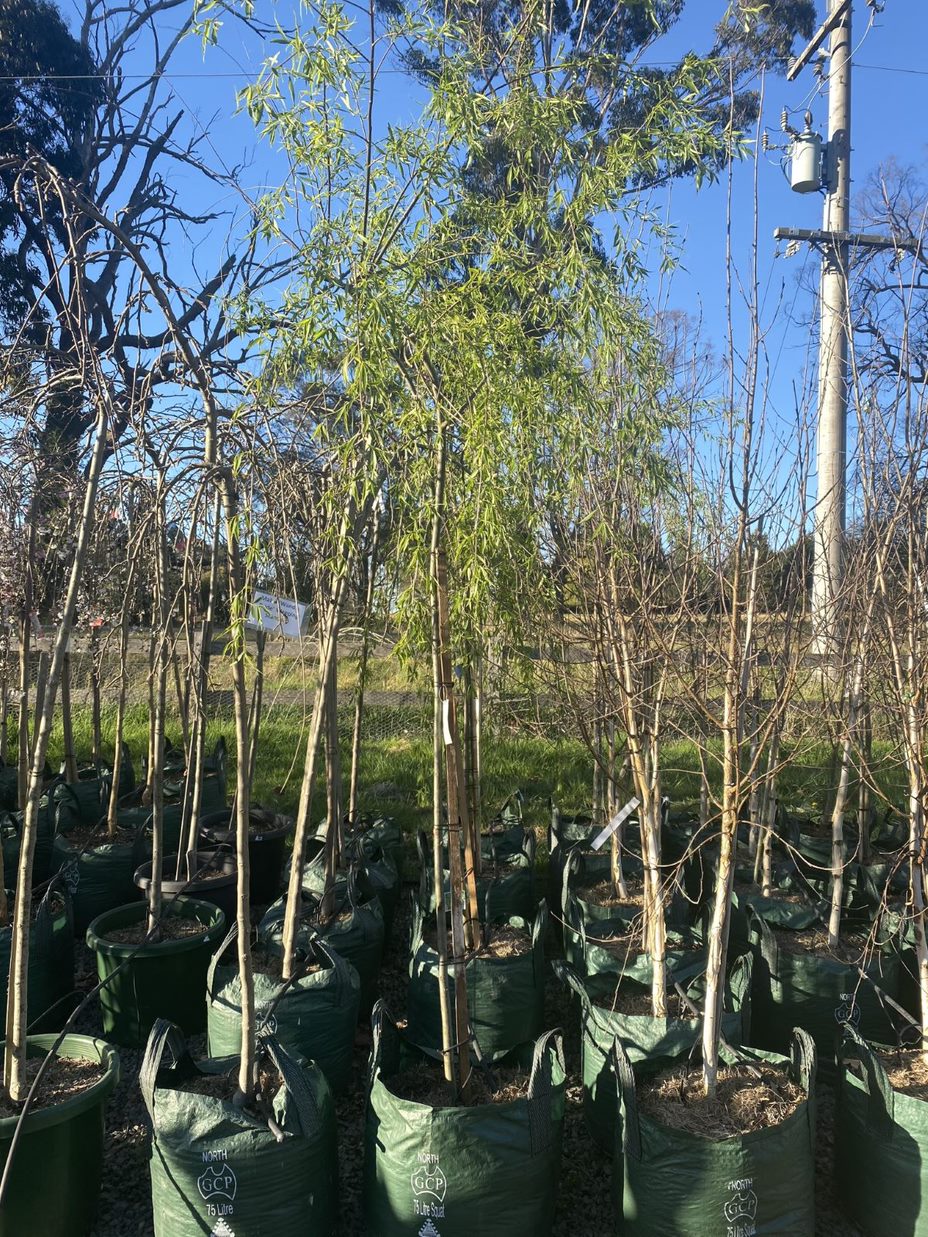Description
Salix is a genus of deciduous trees and shrubs commonly known as willows. Here are some horticultural notes on the genus Salix:
Climate and soil requirements: Salix plants are adaptable to a wide range of climates and soils, although they prefer moist soil. They are commonly found near streams, rivers, and other bodies of water.
Light requirements: Salix plants prefer full sun to partial shade.
Watering: Salix plants require regular watering, especially during their first few years of growth. They should not be allowed to dry out completely.
Fertilization: Salix plants do not typically require fertilization. However, if the soil is deficient in nutrients, a balanced fertilizer can be applied in the spring.
Pruning: Salix plants require regular pruning to maintain their shape and promote healthy growth. Dead or diseased branches should be removed as needed.
Propagation: Salix plants can be propagated by seed, cuttings, or layering.
Pests and diseases: Salix plants are susceptible to a range of pests and diseases, including aphids, scale insects, and fungal diseases such as powdery mildew and canker. Regular monitoring and appropriate control measures are necessary to prevent damage.
Uses: Salix plants are primarily grown for their ornamental value, with attractive foliage and unique growth habits. Some species, such as the weeping willow (Salix babylonica), are also used for erosion control and as a wildlife habitat. Additionally, some species, such as the white willow (Salix alba), are used in traditional medicine for their anti-inflammatory and pain-relieving properties. Salix species are also used in basketry and as a source of wood for fuel and furniture.



